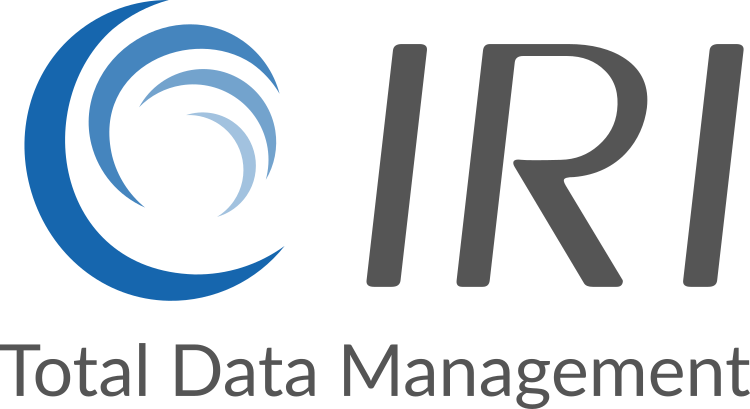Frequently Asked Questions (FAQs)
1. What is the DarkShield NoSQL DB Masking Wizard?
The NoSQL DB Masking Wizard in IRI Workbench is a guided interface that allows you to configure search and masking jobs for NoSQL databases. It applies the search methods and masking rules you previously defined for your data classes, ensuring consistent discovery and protection of PII across multiple NoSQL environments.
2. How does the NoSQL DB Masking Wizard work?
The wizard connects directly to supported NoSQL databases, scans collections for sensitive data based on your configured matchers, and applies masking functions in real time or as a batch job. This process leverages the DarkShield-NoSQL API for seamless runtime execution.
3. What NoSQL databases are supported by DarkShield?
DarkShield currently supports MongoDB, Cassandra, Elasticsearch, CosmosDB, Redis, and Splunk. It can process both binary and non-binary values extracted from these databases (with Cassandra limited to non-binary values).
4. Can DarkShield work with other NoSQL databases?
Yes. While the wizard provides built-in support for major platforms, DarkShield API calls have been successfully used to find and mask data in BigTable, Couchbase, DynamoDB, OpenSearch, and Solr. IRI can also configure these connections in Workbench on a priority basis.
5. How does DarkShield ensure consistency when masking NoSQL data?
By using centrally defined data classes and masking functions, DarkShield ensures that the same PII values are masked consistently across multiple NoSQL databases and collections. This helps maintain data integrity and compliance with privacy regulations.
6. Can DarkShield handle mixed data types in NoSQL collections?
Yes. The DarkShield-NoSQL API supports processing binary and non-binary values (except for Cassandra), making it possible to find and mask PII across diverse data structures within the same collection.
7. How do I configure search methods for NoSQL masking?
You configure search methods by defining data classes in IRI Workbench. These can include RegEx patterns, lookup values, fuzzy matching, or machine learning-based Named Entity Recognition (NER) models. Once configured, the wizard uses these methods to locate PII in your NoSQL data.
8. Can DarkShield jobs for NoSQL databases be automated?
Yes. Jobs created with the NoSQL DB Masking Wizard can be saved, reused, scheduled, and run automatically, allowing you to continuously protect data as new records are inserted or updated.
9. How does DarkShield integrate with hybrid or multi-cloud NoSQL environments?
DarkShield can connect to NoSQL databases running on-premise or in the cloud, including managed services like AWS DynamoDB and Azure CosmosDB. This ensures that PII can be discovered and masked consistently across hybrid data ecosystems.
10. Can DarkShield be extended to new NoSQL platforms if needed?
Yes. IRI offers custom configuration and support to front-end additional NoSQL platforms using the same Workbench-NoSQL API combination. This ensures future-proof scalability as your data architecture evolves.


